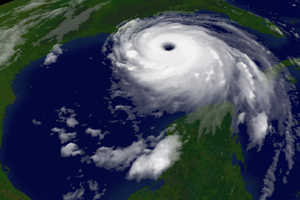Social media is not just a destination anymore. It’s now a research element that savvy researchers can mine for data.
According to Casey Golden, CEO of Small Act in McLean, Va., social data intelligence is the management and analysis of donor data from social sources, used to activate and recalibrate marketing and business programs.”
Social data is a new source of information, best used not to create new programs but to improve existing ones, Golden said. He used the example of job titles. It’s something you can find out through social network LinkedIn (and others), and you can use it to identify donors at the manager level and above for higher gifts. Identify someone high enough up the corporate ladder, said Golden, and you might be able to secure a transformational corporate gift.
The social ecosystem was the topic of discussion during the Direct Marketing Association (DMA) 2013 New York Nonprofit Conference. Golden presented along with Danielle Brigida, senior manager of social strategy and integration for the National Wildlife Federation (NWF).
Golden said there are four levels of “influencers.” The top tier are citizen journalists, and Golden said you should treat them as any other journalist. “Figure out how to give them advance notice,” he said. The next tier is the engagers, that 5 percent of your audience that are evangelists for your brand. “Those two groups are content creators,” said Golden.
Tier three is the multichannel consumers, and tier four are the standard consumers who are engaged with you, but not dominantly. “Think about how to use them differently in your organization,” said Golden. “Touching base with that top 6 percent will make a big difference because they’ll carry the torch for you.”
According to Brigida and Golden, the engagers are the wealthiest class of influence. A large number of NWF’s $1,000-plus donors are on LinkedIn. Data can help you more accurately target an ask or ask array. “If someone on LinkedIn is only giving $20, they’re under-giving,” said Golden. “Are they on LinkedIn with a vice president level title? You can ask up to $150.” If the prospect has advocated for your organization in the past and is on LinkedIn but has given nothing, “they can potentially give a high first gift,” he said.
Brigida said that starting out in data entry, and then moving to a social media-centric position, helped her realize there was a “huge gap between what we know in our file and what I was figuring out by talking to people online,” she said. “It’s common sense: The more you can connect and make data cleaner by updating and aggregating it, the more respectful (to donors) it’ll be and the more donations you’ll see.”











